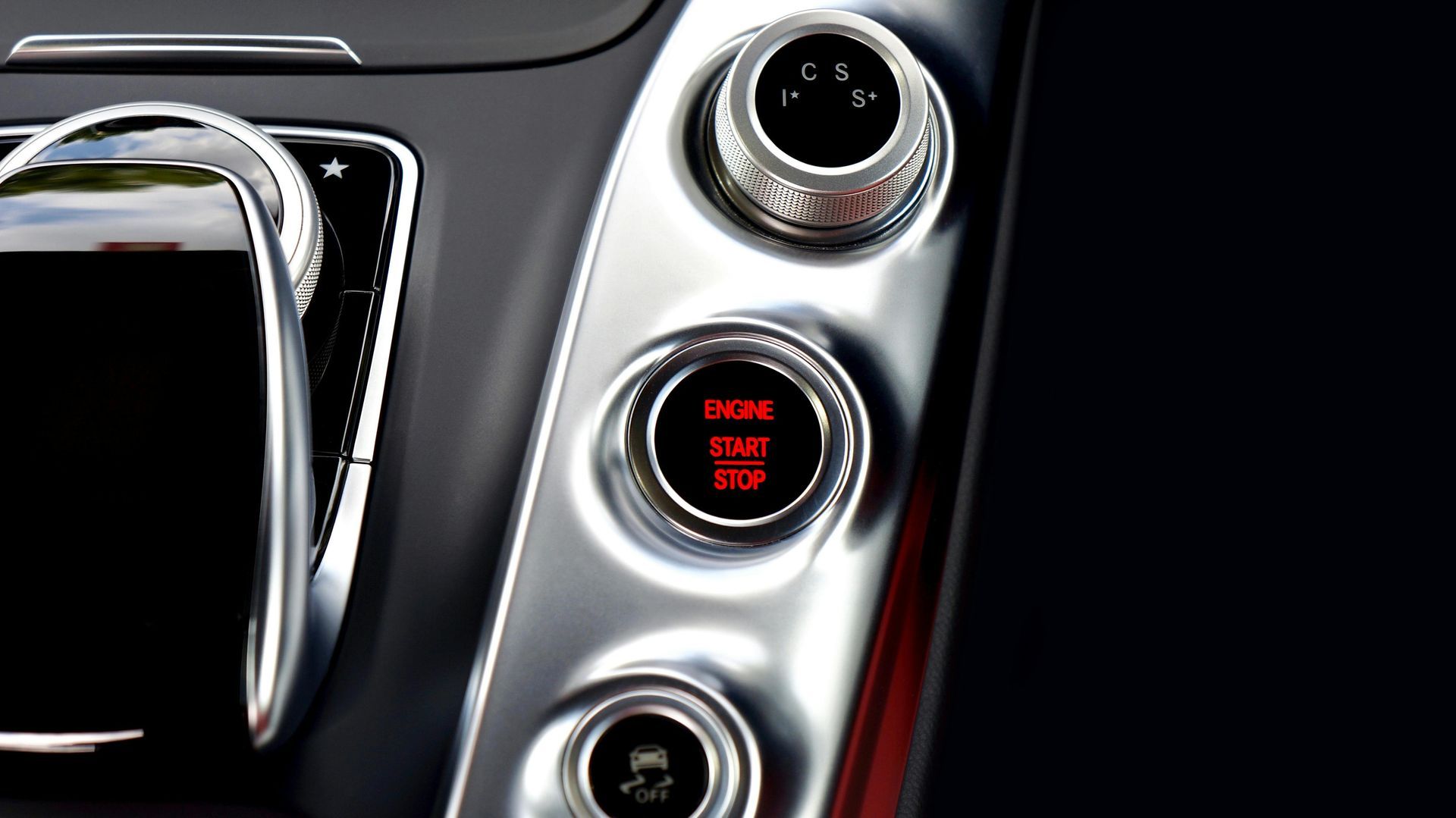Car Safety Features You Didn't Know You Needed.

Modern cars are equipped with safety features designed to protect you on the road, but some of the most beneficial innovations often go unnoticed. Beyond airbags and seat belts, today’s vehicles offer advanced safety technologies that can significantly reduce the risk of accidents and injuries. These features may not be on your radar, but they can make a big difference in keeping you safe. Here are some car safety features you didn’t know you needed.
1. Blind Spot Monitoring (BSM)
Blind spot monitoring systems use sensors to detect vehicles in your blind spots and alert you to their presence.
- How It Works: BSM uses radar sensors in the rear bumper to monitor the areas next to your car that are difficult to see with mirrors alone. If a vehicle is in your blind spot, a visual or audible warning alerts you to avoid changing lanes.
- Why You Need It: Lane-change accidents are common, especially in heavy traffic. Blind spot monitoring provides an extra layer of safety, helping you make safer lane changes.
2. Lane Departure Warning (LDW) and Lane Keeping Assist (LKA)
These systems help you stay in your lane, especially during moments of distraction or drowsiness.
- How It Works: Lane departure warning uses cameras to monitor the lines on the road. If you unintentionally drift out of your lane, the system warns you with a beep or steering wheel vibration. Lane keeping assist goes one step further, gently steering the car back into the lane if you don’t correct it yourself.
- Why You Need It: Drifting out of your lane, especially at high speeds, is dangerous and can lead to serious accidents. LDW and LKA help prevent unintentional lane changes, keeping you on the right track.
3. Automatic Emergency Braking (AEB)
Automatic emergency braking can stop your car in case of an imminent collision, even if you don’t react in time.
- How It Works: AEB systems use sensors or cameras to detect objects ahead of your car. If the system senses a potential collision and you don't brake in time, it automatically applies the brakes to reduce the severity of the impact or avoid the collision altogether.
- Why You Need It: In sudden stop situations, like a car braking unexpectedly in front of you, AEB can reduce your reaction time and prevent accidents. It’s particularly useful in urban driving with heavy traffic.
4. Adaptive Cruise Control (ACC)
Adaptive cruise control adjusts your speed automatically to maintain a safe distance from the car ahead, making long drives safer and more comfortable.
- How It Works: Unlike traditional cruise control, ACC uses radar and cameras to monitor the traffic ahead. It automatically adjusts your car’s speed to keep a safe following distance, slowing down when necessary and accelerating back to the set speed when traffic clears.
- Why You Need It: ACC is ideal for highway driving and stop-and-go traffic. It reduces the stress of constant braking and accelerating, allowing you to focus more on the road and less on speed adjustments.
5. Rear Cross-Traffic Alert
Backing out of a parking space or driveway can be risky, especially if visibility is limited. Rear cross-traffic alert helps you detect approaching vehicles from the sides.
- How It Works: This system uses sensors on the rear bumper to monitor traffic from both sides as you reverse. If a vehicle or object approaches from either direction, the system alerts you with an audible warning and may display a visual alert on your dashboard or rearview camera screen.
- Why You Need It: Rear cross-traffic alert is particularly useful in crowded parking lots where it’s difficult to see oncoming traffic. It helps prevent collisions when backing out of tight spaces.
6. Traffic Sign Recognition (TSR)
Keeping track of speed limits and road signs while driving can be challenging. Traffic sign recognition helps by reading road signs for you.
- How It Works: TSR uses a front-facing camera to detect and interpret road signs, such as speed limits, stop signs, and no-entry signs. This information is displayed on your dashboard or head-up display.
- Why You Need It: TSR can be particularly helpful in unfamiliar areas or in conditions where road signs may be obscured. By keeping you informed of speed limits and other important rules, it helps you avoid costly tickets and keeps you safe.
7. Driver Attention Monitoring
This system detects signs of driver fatigue or distraction and alerts you to take a break.
- How It Works: Driver attention monitoring uses cameras to observe your driving behavior, such as steering patterns and lane positioning. If the system detects signs of drowsiness or distraction, it issues a warning, often suggesting you take a break.
- Why You Need It: Fatigue is a major factor in accidents, especially on long trips. Driver attention monitoring helps you stay alert and safe by reminding you to take breaks when necessary.
8. Pedestrian Detection
Pedestrian detection systems are designed to identify people walking near or across the road and help prevent accidents.
- How It Works: Using cameras or radar, the system scans the road for pedestrians. If someone steps in front of your vehicle, the system issues a warning and may automatically apply the brakes if you don’t respond quickly enough.
- Why You Need It: Pedestrian accidents are a serious risk, especially in urban areas. Pedestrian detection can help reduce the likelihood of these collisions by giving you extra reaction time.
9. Parking Sensors
Parking in tight spaces can be tricky, but parking sensors make it easier and safer by helping you avoid obstacles.
- How It Works: Parking sensors use ultrasonic waves to detect objects around your car while parking. When you get too close to an object, the system issues a series of beeps that increase in frequency as you approach.
- Why You Need It: Parking sensors are especially helpful in tight spots or when visibility is limited, such as when parking at night or in busy areas. They help prevent fender benders and damage to your vehicle.
10. Forward Collision Warning (FCW)
Forward collision warning alerts you when you’re getting too close to the car in front, helping you avoid rear-end collisions.
- How It Works: FCW uses radar or cameras to monitor the traffic ahead. If it detects that you're approaching another vehicle too quickly, it alerts you with visual or auditory signals, prompting you to brake or take evasive action.
- Why You Need It: FCW gives you extra time to react to potential hazards, which is critical in preventing rear-end collisions, especially in stop-and-go traffic or at highway speeds.
Many of these safety features are becoming standard in modern vehicles, but they are still often overlooked by car buyers. Understanding how these technologies work and why they’re important can help you make informed decisions when purchasing your next car, ensuring that you’re better protected on the road.



